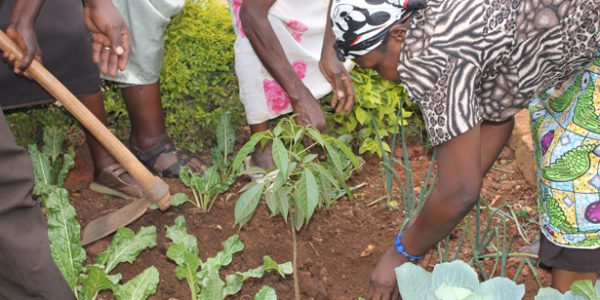Uganda, one of the first countries in sub-Saharan Africa to experience the devastating impact of HIV/AIDS and to take action to control the epidemic, is one of the rare success stories in a region that has been ravaged by the HIV/AIDS epidemic. While the rate of new infections continues to increase in most countries in sub-Saharan Africa, Uganda has succeeded in lowering its very high infection rates. Since 1993, HIV infection rates among pregnant women, a key indicator of the progress of the epidemic, have been more than halved in some areas and infection rates among men seeking treatment for sexually transmitted infections have dropped by over a third.
Success in reducing the prevalence of HIV in Uganda is the result of a broad-based national effort backed up by firm political commitment, including the personal involvement of the head of state, President Yoweri Museveni. From the outset, the government involved religious and traditional leaders, community groups, NGOs, and all sectors of society, forging a consensus around the need to contain the escalating spread of HIV and provide care and support for those affected.
In Uganda, as elsewhere in sub-Saharan Africa, AIDS has caused immense human suffering over the past two decades — setting back development and reducing life expectancy. Over 1.5 million children have been orphaned since the epidemic began — losing their mother or both parents to AIDS. Today there is hope that the tide can be turned at last.
Most people in slum communities cannot afford adequate housing because their economic providers have died of AIDS-related causes. Some residents have inadequate incomes, and others are widows who lost their homes following the death of their husbands. It is not culturally acceptable for women to inherit property; widows’ only alternative is to find cheaper housing in slums. Other times, those suffering from HIV/AIDS are evicted, either by their own fathers- and brothers-in law, or by landlords due to complaints of other tenants and fear that future tenants will refuse to live in the former home of PLWHA.
HIV-positive slum residents face substantial stigma and discrimination. This stigma only increases the economic crisis for positive residents, who are left without enough money to secure their housing, medical bills, school fees and food. Health workers also face difficulties carrying out home visits for slum dwellers, especially during the rainy season when accessibility is very difficult due to flooding, which increases infections and limits patient outreach.
HIV-positive slum residents are more vulnerable to issues of housing instability because they are often unable to work due to their medical condition, and thus cannot save enough money to move into better shelter. Most positive residents save the little money they have for medical treatment and thus the only dwellings affordable are slum dwellings. Some HIV-positive residents fear that they may leave their families in worse housing conditions upon their death, which leads them to remain in the slums in order to save money to leave for their families.
Most HIV-positive slum dwellers, like all slum tenants, lack collateral security. They cannot borrow money from the bank or individual money lenders, and so their hopes of getting better housing are limited. Some cannot join saving cooperatives because they do not have the startup capital. Lack of housing finance and security invokes anxiety, sometimes to the point of suicide.

